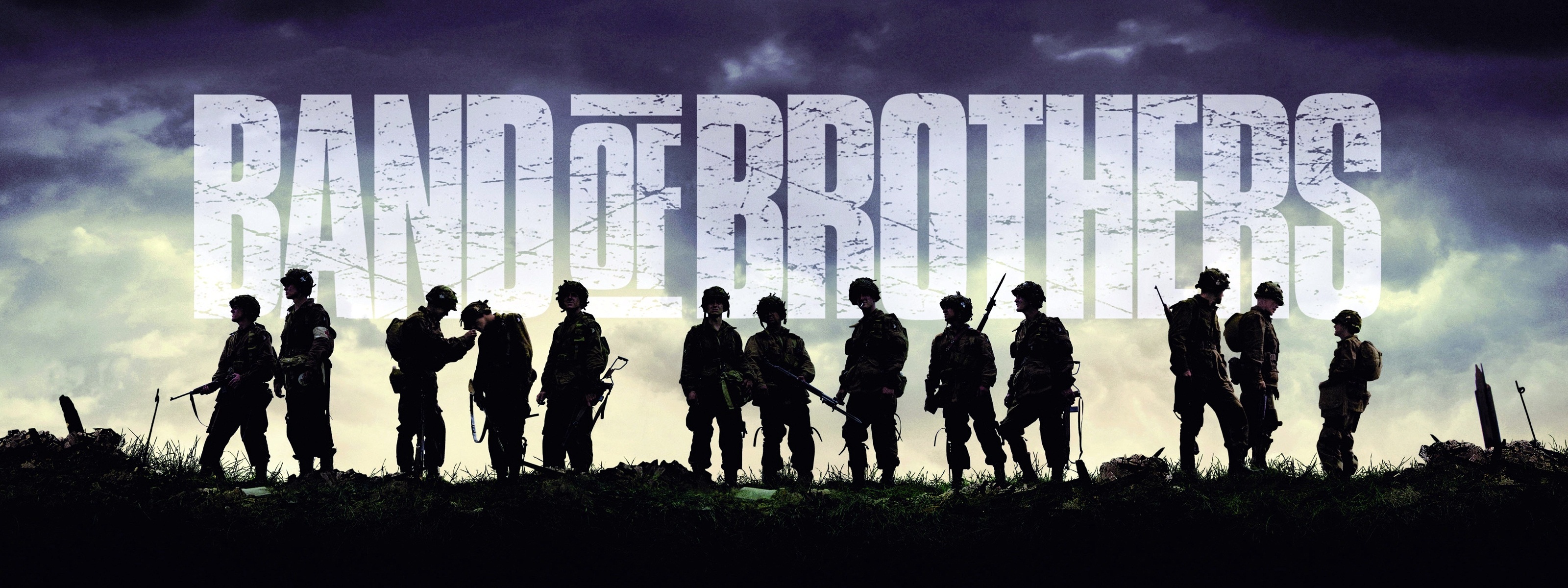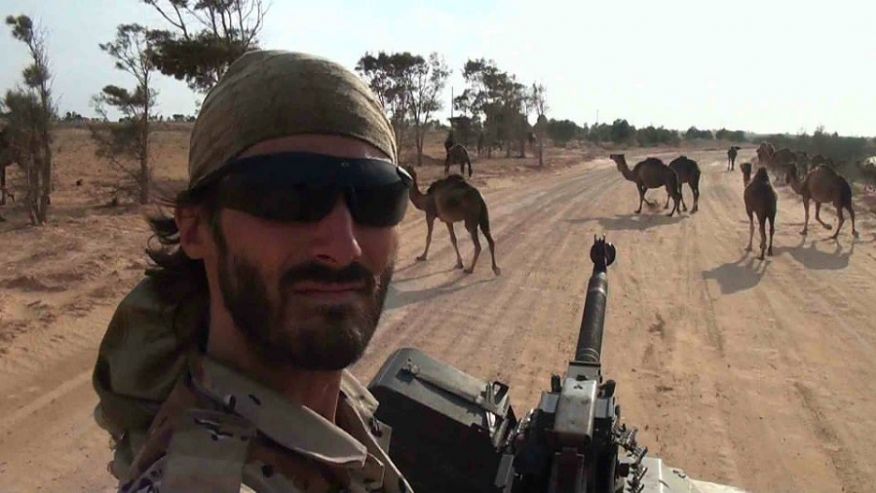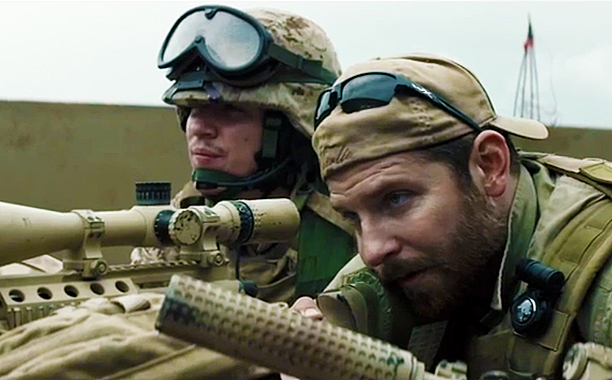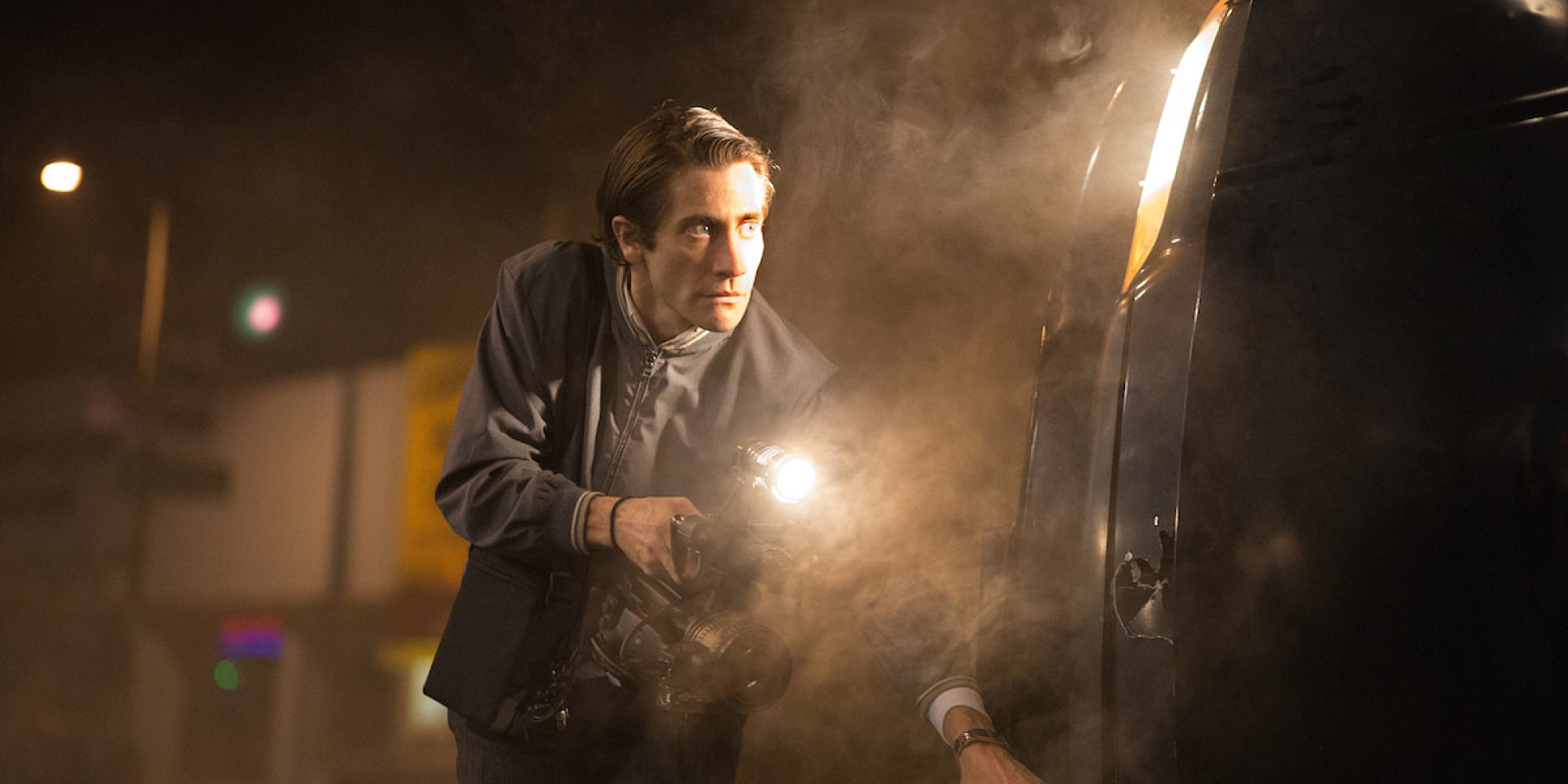For many years, HBO has made money using a simple formula: one part full frontal nudity plus one part excessive gore plus one part family sentimentality = wildly successful drama. They have applied it to many different locations and historical time periods, from California, to World War Two, to Ancient Rome, to Depression-era New Jersey, to present-day New Jersey. Nothing much changes except for the set pieces and accents. Other networks are trying to cash in but have struggled because HBO continues to up the ante – the prudish FCC still being uncomfortable with eviscerations, incest, rape and any combination of the three. Yet this is in itself uninteresting. TV entertains because it excites the senses and sex and death are very exciting. What is interesting is how this formula has garnered so much critical acclaim. At what point did the mere display of sex and violence become the equivalent of aesthetic sophistication?
Much of daily life in the modern world involves the denial of the fact of sex and death. When Leave It to Beaver aired, people were having sex in America and people were being murdered; therefore the show was false, for it ignored the reality of violence and desire. It logically followed that to be true shows should not be afraid to show sex and death on screen. The more skin and guts exhibited, the more real it became. This is a valid critique, especially as concealment often helps control women’s bodies and obviates institutional injustices, but over the last twenty years this logic has snowballed dangerously. Today’s sophisticated viewers, those who want quality TV, who consider themselves well-informed, sensible, cultured, people, now assume violence and sex to be aesthetic criteria of the first order. In other words, a show is often considered artful in so far as it is willing to transgress taboos.
This is not to say HBO shows do not have other aesthetic qualities, that they do not have interesting plots, engaging characters and fine acting. They often do. These elaborate soap operas are packaged for demanding audiences who expect twists, ironic dialogue and calibrated tension. But so are many other shows, including traditional soap operas. Nor is this to say that violence and sex should not be on TV. There are plenty of programs that use both effectively. What sets HBO shows apart is how they have made violence and sex central to their appeal. Whether the public wants to admit it or not, this is what makes Rome and Iwo Jima alive to them, not the characters’ lives but how they die and what they look like naked. Many see this as an evolution for television on par with Lady Chatterley’s Lover, a brave artistic achievement, when in fact it takes hackneyed assumptions about family, friendship and personal growth and glosses them with meticulously rendered brutality, vulgarity and debauchery.
Some will protest that they are drawn to the shows not for this gloss at all, but the opposite, for the exquisite family tensions and dramatic pathos behind the blood and boobs. They like the way that the shows let us sympathize with ever-proliferating anti-heroes in new and provocative ways. The sex and violence simply provide a more honest and engaging backdrop. This is true. Nothing pleasantly surprises viewers more than the fact that people who kill also have sex and families except perhaps for watching people with families have sex and kill. It makes their own family life feel more authentic while simultaneously making that of killers and ne’er do wells more relatable. Generally this might be a good thing, to appreciate how someone might turn to crime or kill to save a loved one; unfortunately, this apparent empathy is predicated on violence, specifically on the idea that what unites is sex and violence alone, and elides the plot’s trope-ridden sentimentality.
Band of Brothers, beloved by most everyone in the early aughts, exemplifies this formulaic blend of sentimentality and violence. The producers of that show did what they could do be historically authentic, relying on period costumes and up to date staging like any other period movie. The plot too was little different than work that came out in the 1950s, or even propaganda from the 1940s, replete with neatly-packaged assumptions about different officer types, friendships and personal growth. Audie Murphy’s To Hell and Back pretty much told the same story. The only difference was the supposed realism in Band of Brothers, the way in which the producers were unafraid to show violence, and how this violence, the havoc of war, both intensified and obscured the schmaltzy and predictable plotting. Viewers could feel mature and jaded while simultaneously indulging in kitsch and sentimentality. The show seems quaint now, not because HBO has given up on a formula that equates realism with violence but because they have made their shows exponentially more debauched, and, according to their logic, exponentially more real.
HBO’s most recent locale is Westeros, a land that is not real in the physical sense but has been made so through violence, and if major web publications are any evidence, many viewers find this fantasy world more real than the war in Afghanistan. This is not especially surprising. Ewoks are more real to Americans than Afghans. What is unique is the way in which over-the-top sex and violence dictate the show’s plot and popularity. Critics anticipate the next slaughter and rape with relish, judging each episode for its audacity, and gauge its success by the number of children killed and sisters slept with. People do not tune in for the dragons and dwarves. That wouldn’t be real enough for them.
George Martin, the author of the original Game of Thrones, has defended his story’s excess by appealing to Sumerian history, essentially arguing that they did it first. He also claims to be informed by his experiences growing up during Vietnam, when atrocities committed in that war pushed him to represent the brutality that comes with war. Others have sought similar solace from British history in attempting to rationalize or justify the show as being authentic. All this is true: war is brutal. Women (and men) are raped. We would be remiss to obscure this. But we are a long way from John Wayne when it comes to art about war. Such a defense conveniently misses not only the fact that this brutality is part of the appeal of war, and is often the reason people go to war and line up to watch war on TV, but the way in this turns real off-screen violence into the only possible human reality. Those who protest are told that this is the way the world works. To shy away and watch anything else is to be inauthentic – to be a coward or a prude.
No matter that this is a fantasy. No matter that there is plenty of literature, movies and shows that honestly attempt to explore these cycles of violence in the modern world without making shocking violence so essential to their artistry. In the end, the titillating carnage in this show and others like it functions as violence does outside of television: as a mind-numbing spectacle that effectively mutes out all other considerations of life and art in the name of a supposedly undeniable and inviolable truth, an ultimate reality that justifies the barbarity we crave by making it impossible to imagine a world without barbarism.
_____
Michael Carson deployed to Iraq in 2006. He now writes criticism at the Wrath-Bearing Tree. Follow him @WrathBT on Twitter.





